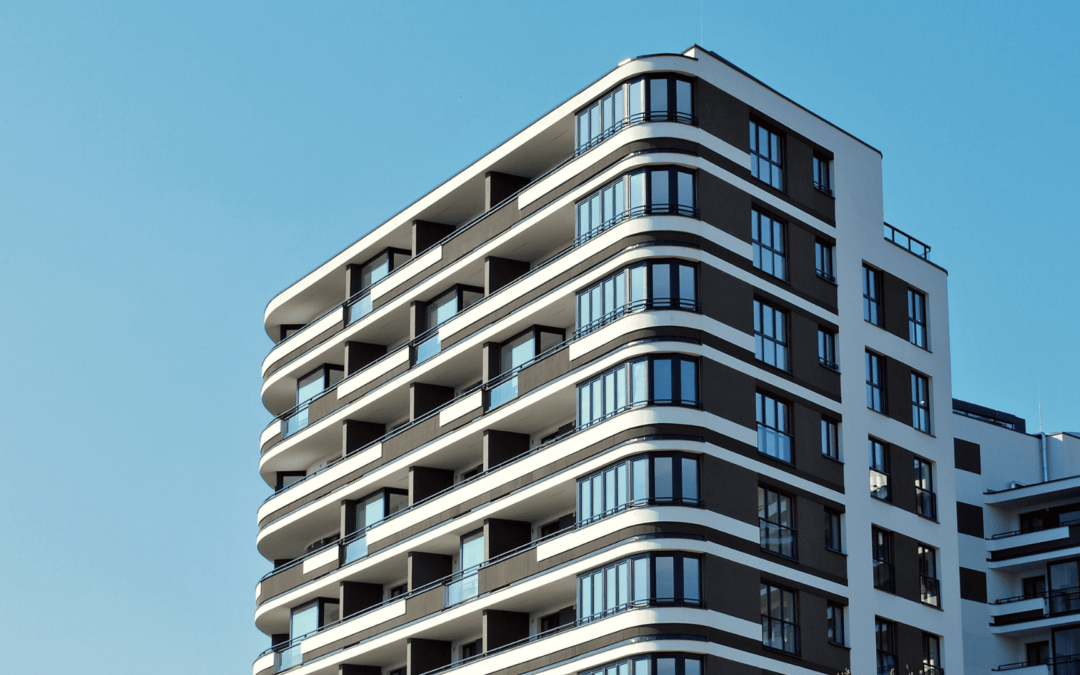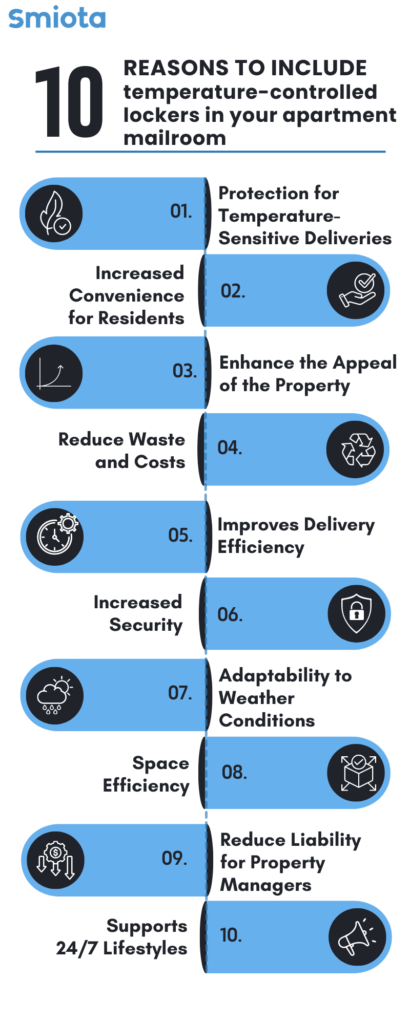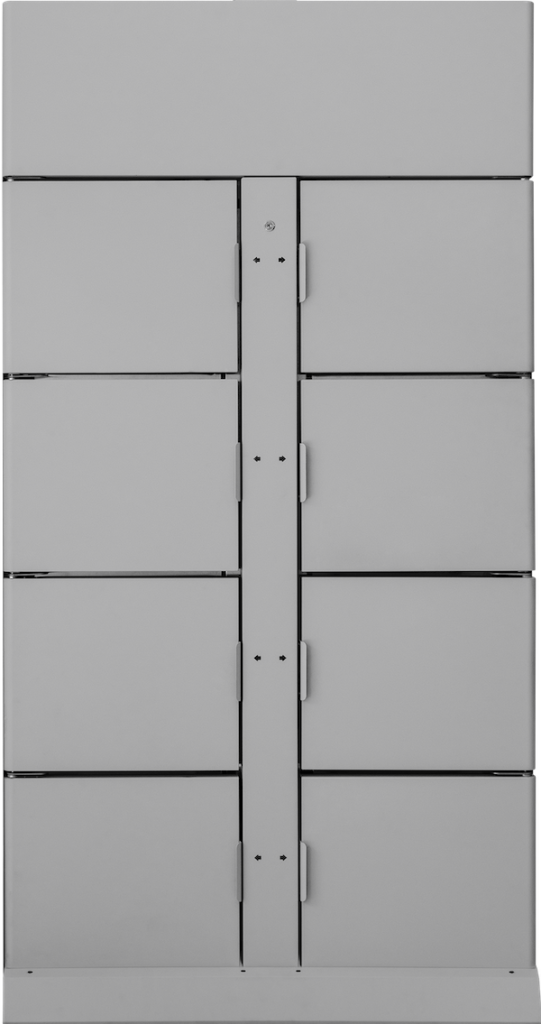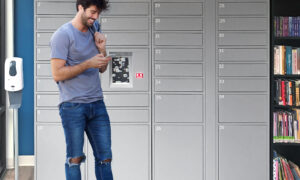In the bustling life of apartment living and university residence halls, the mailroom is a crucial activity hub. Traditionally, these spaces are outfitted with rows of standard mailboxes and perhaps a few larger lockers to accommodate packages. Residents and students alike rely on this centralized point to receive everything from daily mail and magazines to online shopping deliveries and occasional surprises from loved ones. However, with the rise of e-commerce and changes in consumer habits, the variety of delivered items has expanded dramatically. Today, it’s not uncommon to find everything from electronics that are sensitive to extreme temperatures to organic groceries that need to be kept fresh waiting in these mailrooms.
People increasingly purchase perishable foods, pharmaceuticals, and sensitive electronics as online shopping diversifies. This shift necessitates a modern solution in apartment and university resident hall mailrooms: temperature-controlled lockers. These lockers maintain optimal conditions, whether items need to be cooled or shielded from heat, ensuring they stay in perfect condition until pickup. Beyond preserving items, these lockers also enhance convenience and security, making them indispensable in today’s living complexes.
Let’s explore the top ten reasons why incorporating these innovative lockers can transform the mailroom into a more functional and resident-friendly space.
Top 10 Reasons For Temperature-controlled Lockers
Temperature-controlled lockers in apartment mailrooms offer a variety of benefits that can significantly enhance the convenience and security of mail and package deliveries. Here are several reasons why including these specialized lockers can be advantageous:
1. Protection for Temperature-Sensitive Deliveries
Many items, such as pharmaceuticals, perishable goods, and sensitive electronics, require specific temperature conditions to maintain their integrity. Temperature-controlled lockers ensure that such items remain in optimal condition until the recipient picks them up.
2. Increased Convenience for Residents
Residents no longer have to plan their day around the delivery schedule of perishable items or rush home to prevent damage to temperature-sensitive goods. They can confidently order a wide range of products, knowing they will be stored safely until retrieval.
3. Enhancing the Appeal of the Residence
Modern renters and buyers often look for amenities that provide convenience and enhance their lifestyle. Temperature-controlled lockers can be a selling point for potential residents who value innovative solutions for everyday problems.
Similarly, university residence halls can attract and retain students by offering such modern amenities, which are especially appealing to those who value convenience and advanced solutions to everyday challenges.
4. Reducing Waste and Costs
Temperature-controlled lockers help reduce waste by providing a means to properly store items that might otherwise spoil or suffer damage. This not only benefits the residents by reducing the need for replacements but is also environmentally friendly.
5. Improving Delivery Efficiency
Delivery personnel can drop off items at any time, regardless of whether the recipient is home. This efficiency can reduce the need for re-deliveries and the associated costs and hassles.
6. Increasing Security
These lockers can be equipped with security features like cameras, secure access codes, and alerts to the recipient when their package is delivered. This reduces the risk of theft or tampering, which is particularly important for expensive or critical items.
7. Adaptability to Weather Conditions
Regular mailboxes or outdoor delivery areas can be too hot or cold in extreme climates, damaging goods. Temperature-controlled lockers can adapt to different weather conditions, ensuring that items remain safe regardless of the external temperature.
8. Space Efficiency
These lockers can be designed to maximize space in mailrooms, allowing for a larger volume of packages to be stored securely. This is particularly beneficial in high-density living areas where space is at a premium.
9. Reducing Liability for Property Managers
By ensuring that deliveries are not damaged due to improper storage conditions, property managers reduce their liability. This can also lead to higher resident satisfaction and lower turnover.
10. Supporting 24/7 Lifestyles
In today’s round-the-clock society, people expect services that conform to their schedules. Temperature-controlled lockers cater to this need by making it possible to safely receive packages anytime, which is compatible with varied and busy lifestyles.
Incorporating temperature-controlled lockers into an apartment mailroom or university residence hall is an investment in enhancing the quality of service provided to residents, positioning the facility as forward-thinking and resident-centric. This upgrade not only improves the practicality of package deliveries but also boosts the overall appeal of the residence.
Use Cases of temperature-controlled lockers
Here are a few compelling use cases for including temperature-controlled lockers:
In apartment mailrooms:
- Grocery Deliveries: Online grocery shoppers can store perishable items like dairy and produce safely until collection, convenient for residents with busy schedules.
- Medication Storage: These lockers maintain the necessary temperatures for medications, ensuring their effectiveness and safekeeping for residents.
- Specialty Item Care: Protects items requiring specific climate conditions, such as high-end cosmetics, specialty wines, or sensitive electronics, from extreme temperatures.
- Meal Kit and Prepared Meal Deliveries: Keeps meal kits and prepared meals fresh in the mailroom, supporting busy residents with a reliable dining option.
In university residence halls:
- Student Meal Plans: Temperature-controlled lockers can store meal deliveries or meal plans, which is convenient for students with tight academic schedules.
- Academic Materials: Sensitive academic materials, like lab specimens or electronic devices needed for coursework, can be kept at optimal temperatures, ensuring they are preserved until students can retrieve them.
Temperature-controlled lockers in apartment mailrooms enhance their residents’ convenience and quality of life while positioning their properties as forward-thinking and responsive to the evolving needs of modern urban living. While several such lockers are in the market, Smiota’s temperature-controlled lockers remain top contenders with advanced technology and distinct features.
Smiota’s Temperature-Controlled Lockers: Ensuring Optimal Storage for Every Need
In modern apartment complexes, where the convenience and safety of deliveries are paramount, Smiota’s temperature-controlled lockers provide an innovative solution to manage parcels of all types, particularly those requiring specific surrounding conditions. Smiota offers four types of temperature-controlled lockers: Refrigerator Units, Freezer Units, Ambient Units, and Heated Units. Each type is designed to cater to different storage needs, ensuring that everything from groceries to medical supplies is kept in optimal condition until pickup.
Types of temperature-controlled units
- Refrigerator Units: Ideal for perishables like groceries and pharmaceuticals, maintaining 35°F to 44°F with high-efficiency cooling systems to preserve freshness and efficacy.
- Freezer Units: Essential for keeping goods like frozen foods and ice cream at temperatures between 0°F and -10°F, equipped with advanced insulation and cooling technologies.
- Ambient Units: Suitable for items requiring room temperature storage (68°F to 77°F), perfect for electronics and certain apparels, protecting them from extreme temperatures.
- Heated Units: Provides a warm environment (60°F to 110°F) for heat-sensitive items such as tropical plants and some medical supplies, ensuring protection from the cold.
Straightforward installation and upkeep
Installing Smiota’s temperature-controlled lockers in your apartment mailroom requires assessing space, power supply, and connectivity for their digital features, including a user-friendly interface and advanced security with digital locks and surveillance compatibility. These secure lockers ensure parcels are maintained in optimal conditions and facilitate easy retrieval via access codes or smartphone apps. Additionally, their energy-efficient design helps minimize environmental impact and reduce management costs.
Easy Installation
- Modular Design: Smiota lockers offer customizable setups for various mailroom sizes, ensuring easy integration.
- Professional Installation Services: Smiota provides expert installation, including site evaluation and planning for precise setup.
- Minimal Structural Impact: These freestanding units require little to no modifications, preserving the mailroom’s aesthetics.
Effortless Maintenance
- Durable Construction: Built from high-quality materials, Smiota’s lockers are designed for durability with minimal maintenance.
- Easy-to-Clean Surfaces: The lockers have smooth, easy-to-clean surfaces, requiring only basic cleaning for hygiene.
- Advanced Technology: Features like temperature sensors and automated checks ensure optimal performance with low upkeep.
- Responsive Support: Smiota’s ongoing support ensures quick resolutions to maintain locker functionality.
Smiota’s temperature-controlled lockers are designed for effortless installation and maintenance. They offer a practical and efficient amenity upgrade for apartment complexes, ensuring residents receive their deliveries in perfect condition with minimal hassle.
Conclusion
The inclusion of temperature-controlled lockers in both apartment mailrooms and university residence halls significantly enhances how residents and students receive and store their packages. As the trend of shopping online grows, the need for accommodating sensitive and perishable goods becomes increasingly prevalent in urban living spaces and academic settings. These lockers ensure the integrity and safety of deliveries, contributing to the convenience and satisfaction of residents and students alike. These advanced solutions can more than meet the needs of modern urbanites and students and remain at the forefront of the competitive rental and campus housing markets. Ultimately, integrating temperature-controlled lockers is about upgrading facilities, elevating living experiences, and seamlessly meeting residents’ expectations.






